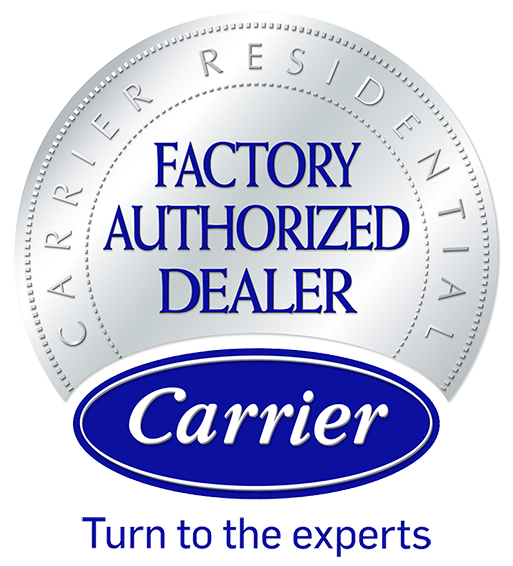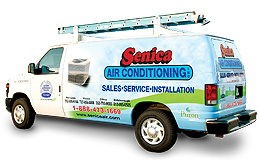When you need to make an HVAC replacement, choosing Energy Star equipment is a choice that will give you long-term savings during both the heating and cooling months. The Energy Star seal helps you distinguish the HVAC equipment that offers you the higher efficiency for both heating and cooling systems. Since conditioning your home represents the largest portion of your energy budget, selecting higher-efficiency systems saves you money over the life of your system.
Furnaces
The energy efficiency of combustion furnaces is measured by their ability to convert the fuel to heat. The federal minimum stands at 78 percent AFUE (annual fuel utilization efficiency), which means that the furnace uses 78 percent of the fuel for heating and wastes 22 percent, typically as combustion gases that go up the flue. The highest efficiency for combustion furnaces stands at 98 percent. High-efficiency furnaces, in the 90-98 percent AFUE range, are usually condensing models that use two heat exchangers. The second exchanger captures the heat from the water vapor that combustion gases create. The water vapor condenses and drains into your home’s plumbing system. To win Energy Star certification, a gas furnace needs an AFUE of at least 90 percent.
Other kinds of furnaces suitable for our mild climate include those that use variable-speed motors in the air handler and two-stage heating. You can achieve year-round savings if you opt for the variable-speed motor in the air handler since it consumes far less electricity than a single-speed motor.
A two-stage furnace adjusts the amount of gas it uses based on your home’s heating needs. These run more quietly when the heating load is lower, and increase your comfort because they run longer when the heating load is low. This mixes the air inside your home better, and rooms that would otherwise be cooler will be more evenly warmed.
Heat Pumps
Since heat pumps both heat and cool your home, choosing Energy Star equipment for these appliances will save you money year-round. In our region, a heat pump with a high SEER (seasonal energy efficiency ratio) rating will cut your cooling costs. The minimum SEER available is 13. The second efficiency rating is its HSPF (heating season performance factor), whose minimum stands at 7.7.
In order to qualify for the Energy Star designation, a split system heat pump must have a SEER of 14.5 and an HSPF of 8.2. A package system is one whose components are all in one unit and sits outdoors. The SEER for this type must be 14 and the HSPF 8.0.
Air Conditioners
A central air conditioner must have the same SEER ratings as a heat pump does to qualify for the Energy Star program.
System Installation
Choosing Energy Star equipment is the first step in achieving energy savings, but the installation makes an impact on how well it performs, regardless of the kind you choose. A good installation should cover these elements:
- Sizing. The contractor you choose should perform a complete load calculation of your home to determine how large the system needs to be. HVAC contractors use software called Manual J to arrive at the proper tonnage or Btus (British thermal units). If you install too large a system, it will short cycle, which makes the system turn on and off more frequently. This increases your energy costs and wears down the system faster. A system that’s too small won’t be able to handle the weather extremes we occasionally experience.
- Home energy efficiency. After the heating and cooling load calculations, you may learn that your home has inadequate insulation or a lot of air infiltration. Increasing attic insulation and sealing air leaks will cut the heating and cooling load, which may result in your home requiring a smaller system that will cost less initially and less on a monthly basis to run.
- Installation. Most of the heat pumps and air conditioners in our climate are split systems that use an indoor air handler and an outdoor condenser/compressor. The outdoor unit should be placed in as shady a place as possible to improve cooling efficiency.
- Ductwork. When you’re choosing Energy Star qualified equipment, you’ll get the best results when the contractor carefully inspects your home’s ductwork for tightness. Any air leaks will drive up conditioning costs, since the leakage causes air losses in areas that you don’t need to heat or cool. In addition, the contractor should use Manual D software to verify that the existing ducts are adequately sized and placed for the new system.
To learn more about choosing Energy Star equipment for your Tampa-St. Petersburg area home, please contact us at Senica Air Conditioning, Inc., Inc. today.



